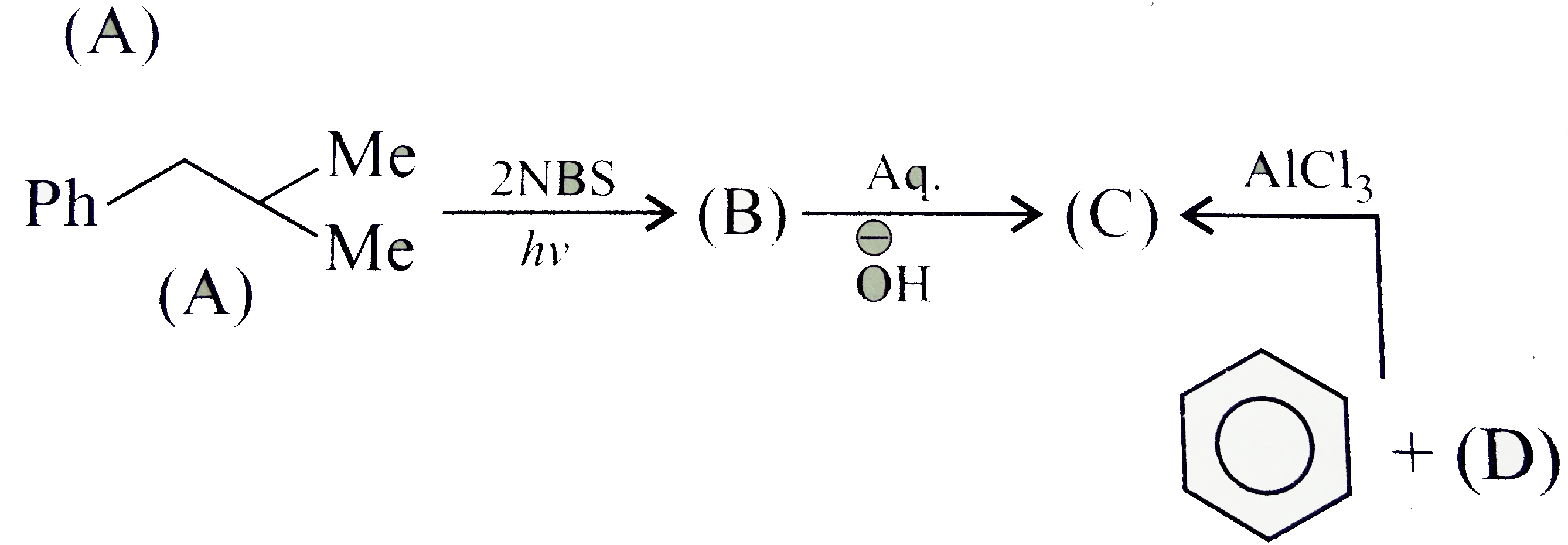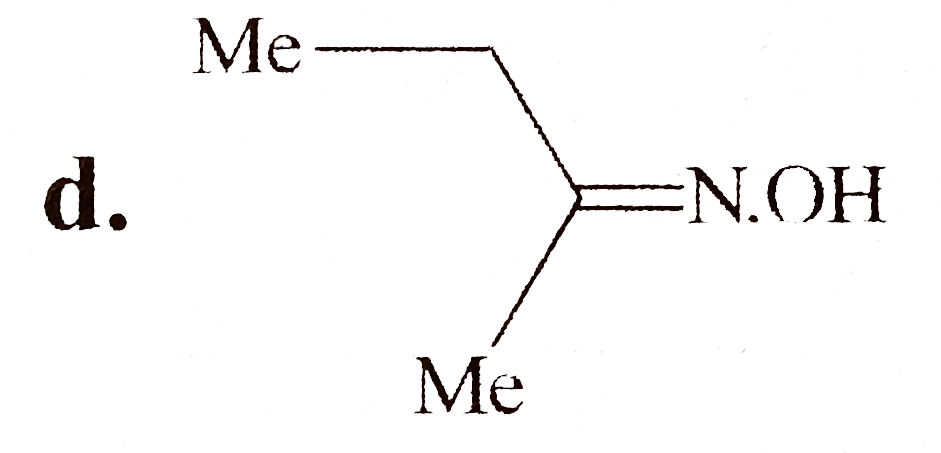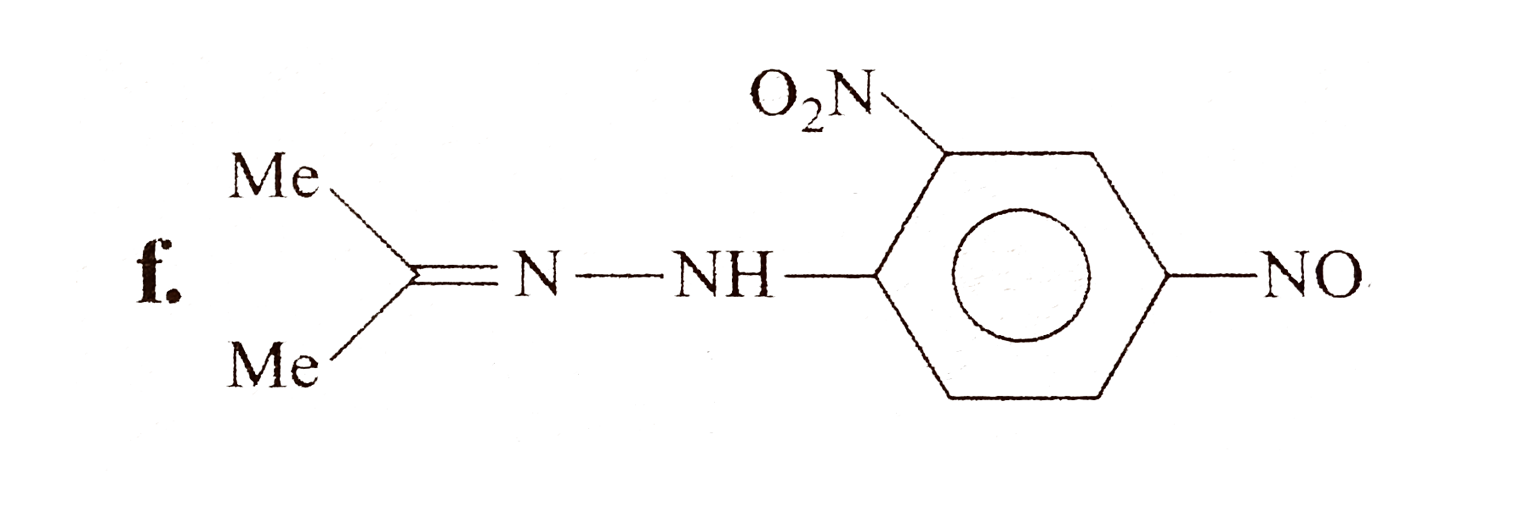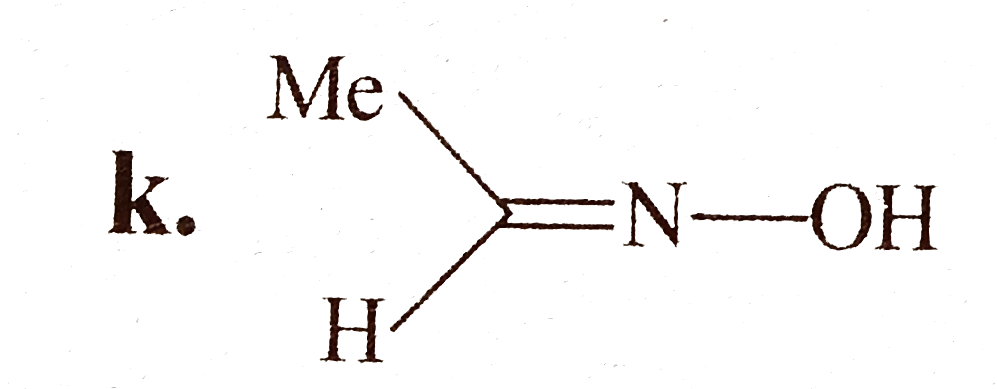If U = {a,b,c,d,e,f,g,h} , find the complement of the following sets:
A= {a,b,c} , B ={d,e,f,g} , C ={a,c,eg}, D = {f,g,h,a}.
The correct Answer is:(i) ={d,e,f,g,h}.
(ii) ={a,b,c,h}.
(iii) ={b,d,f,h}
(iv) ={b,c,d,e}.
To find the complement of the sets A, B, C, and D with respect to the universal set U, we will follow these steps:
Given:
- Universal Set U={a,b,c,d,e,f,g,h}
- Set A={a,b,c}
- Set B={d,e,f,g}
- Set C={a,c,e,g}
- Set D={f,g,h,a}
Step 1: Find the complement of set A
The complement of set A, denoted as A′, is found by removing the elements of A from U.
A′=U−A={a,b,c,d,e,f,g,h}−{a,b,c}
A′={d,e,f,g,h}
Step 2: Find the complement of set B
The complement of set B, denoted as B′, is found by removing the elements of B from U.
B′=U−B={a,b,c,d,e,f,g,h}−{d,e,f,g}
B′={a,b,c,h}
Step 3: Find the complement of set C
The complement of set C, denoted as C′, is found by removing the elements of C from U.
C′=U−C={a,b,c,d,e,f,g,h}−{a,c,e,g}
C′={b,d,f,h}
Step 4: Find the complement of set D
The complement of set D, denoted as D′, is found by removing the elements of D from U.
D′=U−D={a,b,c,d,e,f,g,h}−{f,g,h,a}
D′={b,c,d,e}
Summary of Complements:
- A′={d,e,f,g,h}
- B′={a,b,c,h}
- C′={b,d,f,h}
- D′={b,c,d,e}
---
- Universal Set U={a,b,c,d,e,f,g,h}
- Set A={a,b,c}
- Set B={d,e,f,g}
- Set C={a,c,e,g}
- Set D={f,g,h,a}
The complement of set A, denoted as A′, is found by removing the elements of A from U.
A′={d,e,f,g,h}
The complement of set B, denoted as B′, is found by removing the elements of B from U.
B′={a,b,c,h}
The complement of set C, denoted as C′, is found by removing the elements of C from U.
C′={b,d,f,h}
The complement of set D, denoted as D′, is found by removing the elements of D from U.
D′={b,c,d,e}
- A′={d,e,f,g,h}
- B′={a,b,c,h}
- C′={b,d,f,h}
- D′={b,c,d,e}
Topper's Solved these Questions
- SETS Book:MODERN PUBLICATIONChapter:SETS Exercise:NCERT- FILE QUESTION FROM NCERT BOOK (EXERCISE 1.6)
Explore 8 Videos
- SETS Book:MODERN PUBLICATIONChapter:SETS Exercise:Miscellaneous Exercise on Chapter (1)
Explore 16 Videos
- SETS Book:MODERN PUBLICATIONChapter:SETS Exercise:NCERT- FILE QUESTION FROM NCERT BOOK (EXERCISE 1.4)
Explore 12 Videos
- SEQUENCES AND SERIESBook:MODERN PUBLICATIONChapter:SEQUENCES AND SERIESExercise:CHAPTER TEST
Explore 12 Videos
- STATISTICSBook:MODERN PUBLICATIONChapter:STATISTICSExercise:Chapter Test
Explore 7 Videos
Similar Questions
Knowledge Check
If a,b,c,d,e,f, g are in contiued proportion, then the value of a.b.c.e.f.g is
Ad3Bd7Cd6DNone of these
Complete the following reactions:
a.
b.
c.
d.
e.
f.
g.
View SolutionFind the values of A,B,C,D,E,F,G in the following

View SolutionComplete the following reactions:
a.
b.
c.
d.
e.
f.
g.
h.
i.
View SolutionLet A={a,b,c,d,e,f}, B={c,d,e,g} and C ={b,c,f,g} be subsets of the set U={a,b,c,d,e,f,g,h}. Draw Venn diagrams to represent the following sets: (i) A∩B (ii)A∪(B∩C) (iiI) A−B (iv) B−A (v) A−(B∩C) (vi) (B−C)∪(C−B)
View SolutionWhich of the following show G.I.?
a.
b.
c.
d.
e.
f.
g.
h.
i.
j.
k.
l.
View SolutionEvaluate the following: ∣∣ ∣ ∣∣ahghbfgfc∣∣ ∣ ∣∣
View SolutionDistinguish between the following:
a.
b.
c.
d.
e.
f.
g.
View Solution








